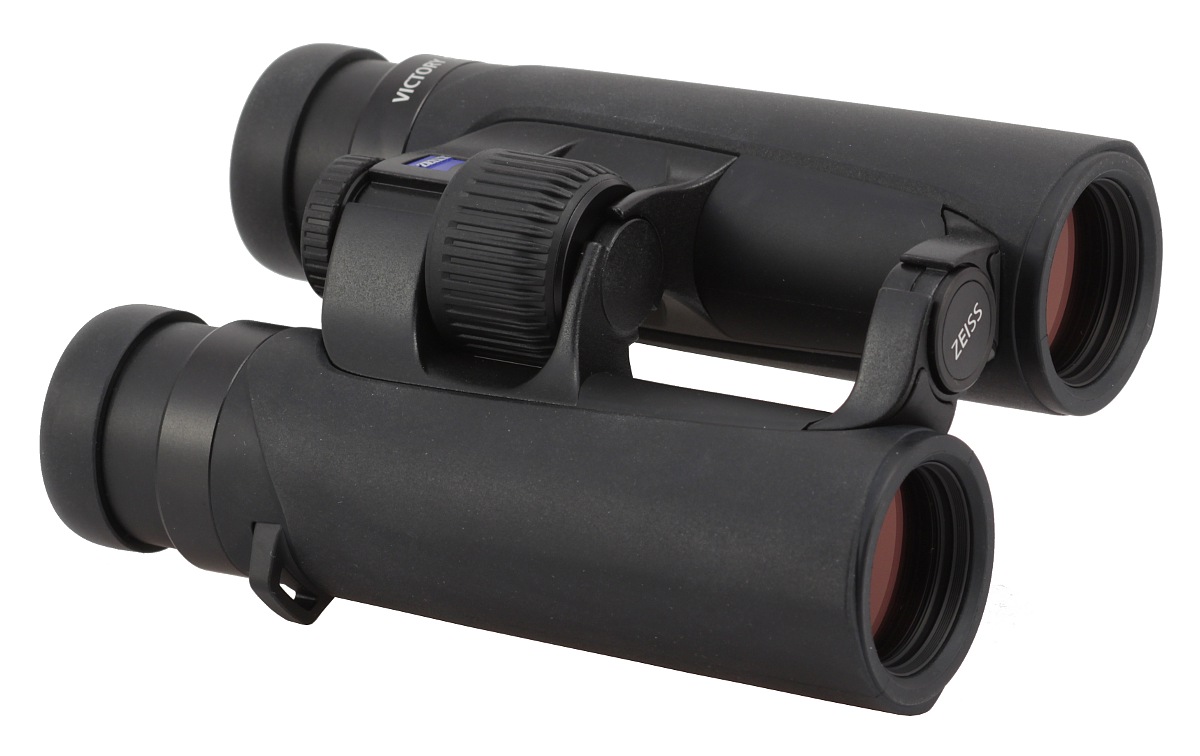mgp13
Well-known member

I am completely unfamiliar with binocular use at night and just had my first experience of it.
I have two pairs of binoculars. Through the first, if I look at the moon or streetlights at night, there are no large rays of light projecting off it that extend all the way to the field edge. My feeling is that's how it's supposed to be. The image is also the same in both barrels.
Through the second pair, large narrow rays project off the moon and streetlights that extend all the way to the field edge. It's particularly apparent with streetlights, the rays are blue-white, intense and distracting. What's more, this occurs in the left barrel only. I have a feeling this isn't quite normal.
Can anyone comment on what's going on here?
I have two pairs of binoculars. Through the first, if I look at the moon or streetlights at night, there are no large rays of light projecting off it that extend all the way to the field edge. My feeling is that's how it's supposed to be. The image is also the same in both barrels.
Through the second pair, large narrow rays project off the moon and streetlights that extend all the way to the field edge. It's particularly apparent with streetlights, the rays are blue-white, intense and distracting. What's more, this occurs in the left barrel only. I have a feeling this isn't quite normal.
Can anyone comment on what's going on here?







